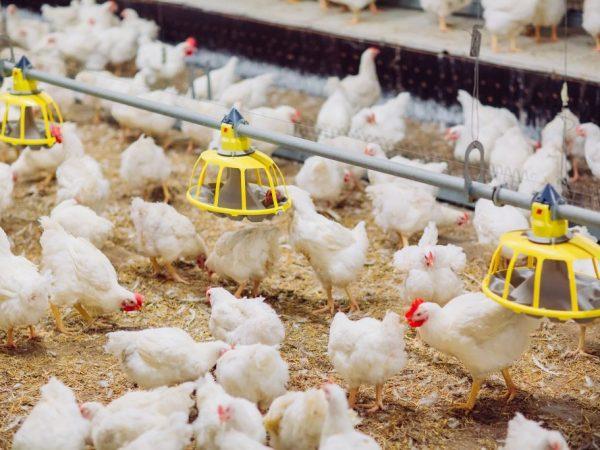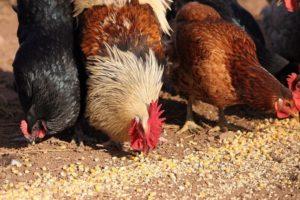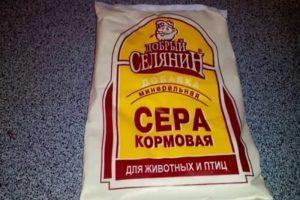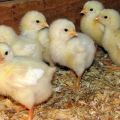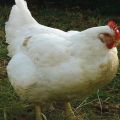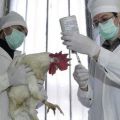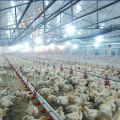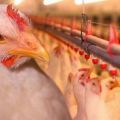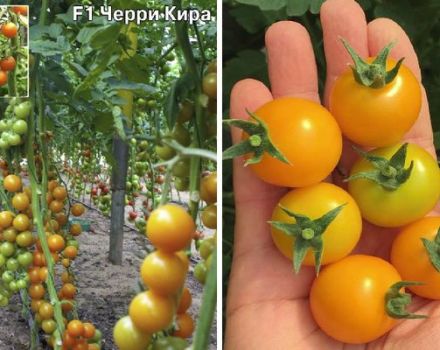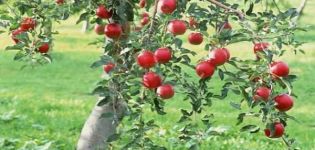How to feed broilers at home for fast growth
Broiler raising is considered a popular activity among farmers. To be successful, the birds are advised to provide proper care. It should include a whole range of components. One of the most important is the broiler feeding regime. In order for birds to develop normally and provide high productivity, you need to carefully consider their diet.
Content
- 1 Features of feeding broilers
- 2 The amount of feed consumed
- 3 Feed frequency
- 4 How many days are fed
- 5 Calculation of nutrition for chickens
- 6 Types of feed for broilers
- 7 What should the feed consist of?
- 8 What can not be fed
- 9 How to reduce feed consumption when feeding
- 10 Poor Appetite Causes
- 11 Broiler breeding mistakes at home
Features of feeding broilers
Feeding regimes for birds in households and in large poultry farms are different. In the first case, broilers receive a more varied diet. Many farmers provide chickens, in addition to compound feed, fresh herbs and vegetables. In addition, you can prepare a variety of mash, cereal mixes and feed.
For rapid growth, chickens need to be given vitamins and minerals. A balanced diet has a beneficial effect on the taste of the carcass. Self-prepared feed helps to save on finished compound feed. Moreover, it is often of dubious quality.
If you feed your birds incorrectly or use poor quality products, there is a risk of sudden loss of the entire population.
In order for birds to develop normally, it is recommended to take into account the following features:
- Provide constant access to fresh water. It is important that the liquid is at a comfortable temperature. Birds do not like to drink warm water, but from cold water they can get sick. The best option would be a temperature of + 18-22 degrees. There should be 1.7 units of water per 1 unit of feed.
- Keep feeders clean. It is recommended to remove the compound feed after feeding. Thanks to this, it is possible to avoid the development of decay processes and the emergence of pathogenic microflora.
- Provide a stable temperature regime and maintain sufficient illumination. Before slaughtering chickens, it is recommended to keep at a temperature of + 10-14 degrees. Chicks need parameters + 27-33 degrees. If these recommendations are violated, there is a risk of metabolic disturbances and growth retardation.
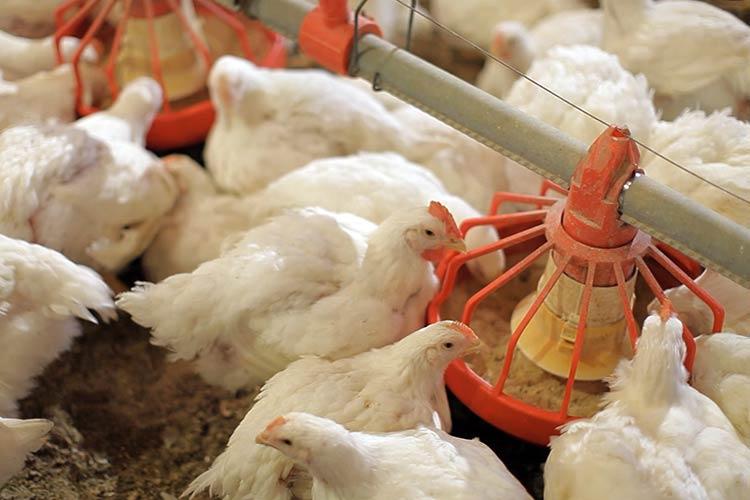
Meat breeds do not require active walking. Their mobility is limited to a cage or room. This helps to minimize energy waste. After the first week, chicks should install river sand feeders. It is also permissible to use small pebbles. Minerals improve the digestion of foods.
The amount of feed consumed
A healthy broiler eats 5 kilograms of compound feed before slaughter. At the same time, it is recommended to plan correctly 42 days that are required to gain the required weight.For this, up to 21 days, it is recommended to use a starter feed, and then a growth or finishing feed. At the peak of consumption, which begins at 4 weeks, the bird should receive 150 grams of compound feed per day. If this regimen is observed, a healthy broiler will gain 2.7 kilograms of weight by 42 days.
Specific feed intake rates are shown in the table:
| Feed type | Prestart | Start | Fattening | Finish |
| Age, days | 0-5 | 6-18 | 19-37 | 38-42 |
| Growth, gram | 15 | 33 | 54 | 56 |
| Feed rate, gram | 15-21 | 25-89 | 93-128 | 160-169 |
Feed frequency
Feeding rates vary with age. Birds gain weight quickly during the start and start phase. At this stage, their backbone is formed. Therefore, the birds should be fed often enough. In general, it is worth following this regime:
- first week - 8 times a day;
- second week - 6 times a day;
- third week - 4 times a day;
- fourth week - 2 times a day.
How many days are fed
The term for raising birds for meat depends on the decision of the owners. Usually they are sent for slaughter in 2-3 months. By this time, they are gaining the required mass. It is not worth raising broilers for too long, as the meat may lose its taste.
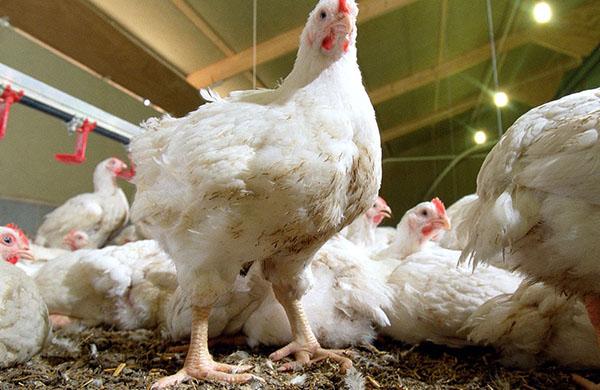
Calculation of nutrition for chickens
For the first 5 days, chicks should receive a maximum of 15 grams of feed. Over the next 5 days, the dose is increased to 20 grams. At 11-20 days, the birds are recommended to be given 45 grams of compound feed.
Then every 10 days the feed volume is increased by 15-20 grams. Thus, at 2 months, the chicken will already eat 115-120 grams. For the entire life span, a broiler eats about 5 kilograms of feed.
Types of feed for broilers
Compound feeds are of different types. They depend on age:
- Start - suitable for feeding chicks that have just hatched. The composition contains many proteins.
- Grover - Provides rapid muscle development.
- Finish - suitable for adult chickens. The composition contains a minimum of protein, but a lot of vitamins and minerals.
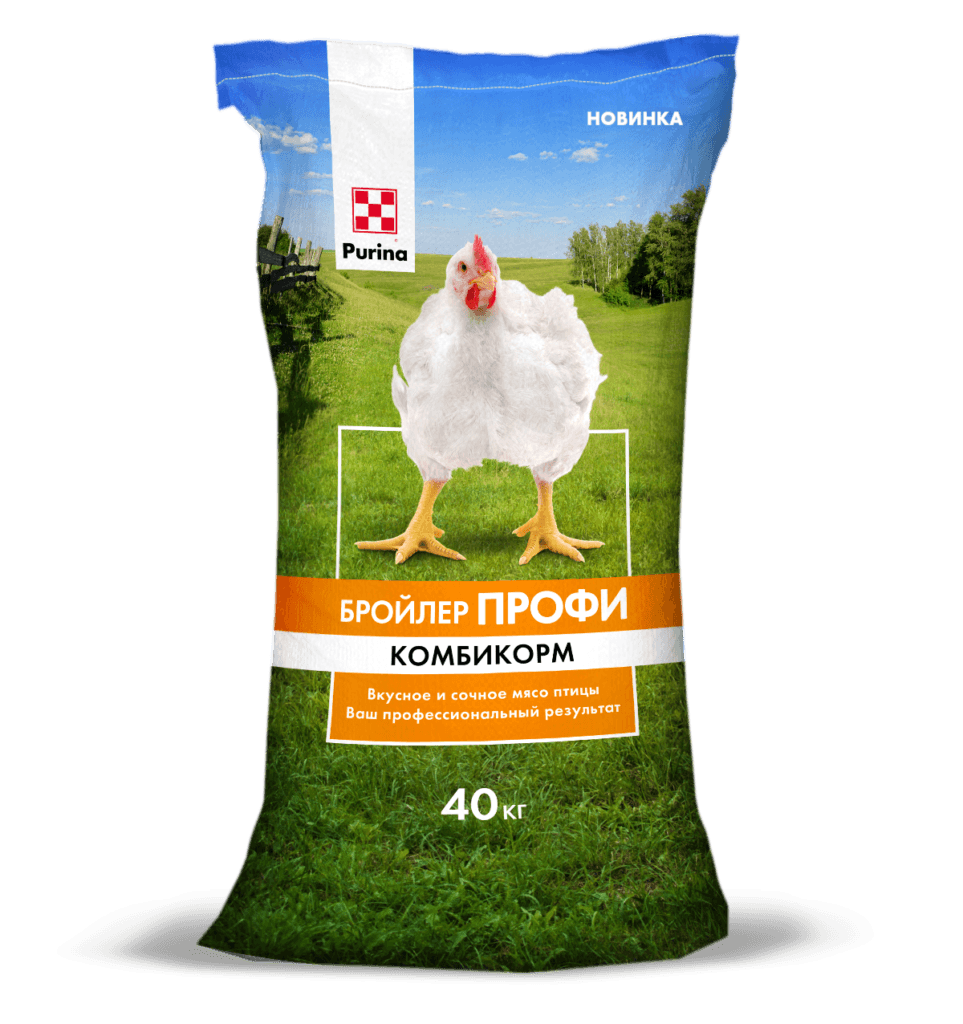
What should the feed consist of?
The bird must eat a certain amount of feed per day (determined by its age). This feature should definitely be taken into account when growing birds.
From 0 to 5 days
From the first days, broiler chickens need a specific diet. It is worth feeding the birds 8 times a day. This is done at regular intervals. Chopped boiled eggs and cottage cheese become the basis of the diet of day-old chickens. It helps to strengthen the digestive system and immunity. Then continue feeding with compound feed, starting from 20-25 grams. You can also feed with a wet mixture of crushed cereals.
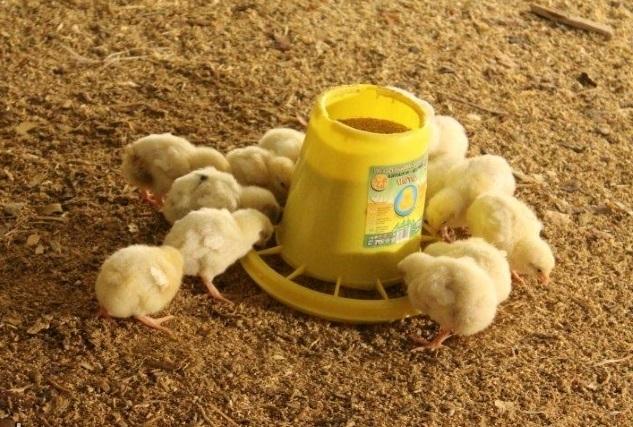
5 to 18 days
In order for the chicks to gain weight, they should be gradually transferred to starter feed. It practically does not differ in composition from the pre-start. At the same time, the proportions of the ingredients change. Usually the feed should contain yeast and fats. Be sure to include flour - meat and bone, herbal and fish. Also at this stage of development broilers need premixes. These dietary supplements ensure the harmonious development of birds and unlock their genetic growth potential. Otherwise, there is a risk of rapid development of muscle mass and impaired bone formation.
19 to 37 days
By the third week, the digestive system of broilers is complete. They have an increased need for nutrition. At this time, the maximum gain is observed. At this stage, it is recommended to gradually reduce the amount of protein in the feed and increase the amount of carbohydrates.
It is recommended to maintain a balance of useful elements so that the bird gets everything it needs.
At this stage, chickens are excellent at digesting food. Therefore, they do not need to be fed pellets. It is perfectly acceptable to use crushed mixtures of cereals and legumes. You should definitely feed the birds with premixes. In their diet should be present meal and cake. Chickens also need grass meal. It is permissible to replace it with chopped root vegetables and herbs.It is recommended to introduce yeast, fish and meat and bone meal into the diet.

Day 38 to 45
From day 38, feed conversion decreases in birds and growth retardation is observed. Therefore, feeding broilers for longer than 45 days is impractical. At this stage, final compound feed must be present in their diet. It matches the composition of the growth or fattening complex. However, the balance of ingredients is biased towards carbohydrates. The composition contains proteins, but their amount is significantly less.
What can not be fed
There is a whole list of products that are contraindicated for broilers. Prohibited foods include the following:
- Any food on the human table. It contains many impurities and components that are harmful to birds. Sweet and salty foods are contraindicated for broilers. Spices should not enter their body.
- Pure boiled potatoes. It is also strictly forbidden to use potato broth. It cannot even be used as a base for mash. Boiled potatoes must be mixed with cereals.
- Fine sand. This substance can clog the goiter.
- Bread and bakery products. Any additives are prohibited.
- Citrus peel. The same applies to the crusts of melons and gourds.
- Sausages and cheese.
- Chocolate, jam, cocoa.
- New milk.
- Alcoholic drinks, spoiled fruits and berries.
- Pure vegetable and butter.

If some foods for a balanced diet are not available, they should not be replaced with prohibited foods. In this case, it is recommended to find the right product.
How to reduce feed consumption when feeding
Feed broilers with ready-made compound feed. However, many farmers are trying to save as much as possible when raising birds. A good quality industrial ration is expensive. In this case, poultry farmers use cereals, food waste, herbs and succulent feed.
It is recommended to buy special additives - premixes in advance.
They contain vitamins, minerals, amino acids, medicines. Birds also require antibiotics and coccidostatics. Broilers do not have strong immunity. Therefore, there is a need to use such funds.
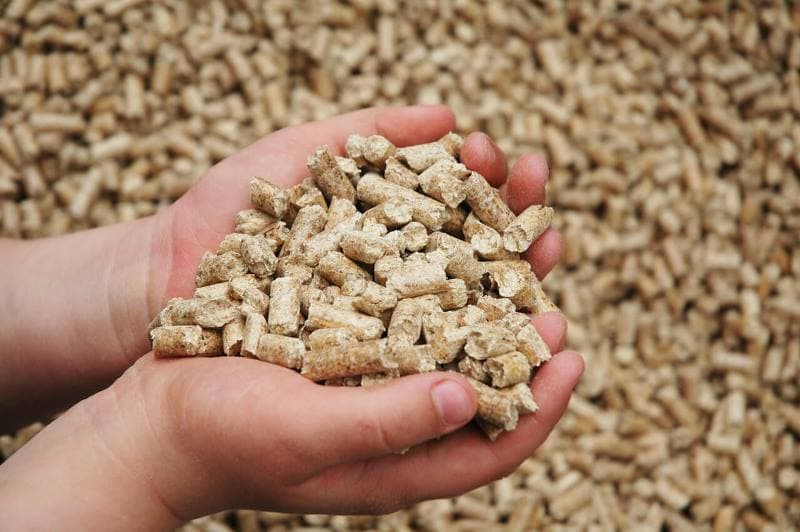
To reduce the cost of feeding birds, it is recommended to properly organize their diet:
- Feed with wet mash. Chopped root vegetables, potatoes, greens can be added to the diet of birds. Also, the birds can be given food waste in combination with cereals or compound feed. This helps to significantly reduce the cost of feeding the birds. It is forbidden to completely abandon concentrates, as this negatively affects the weight gain.
- Add yeast to wet mash. They help to better assimilate the feed and reduce its consumption. Generally, feed yeast should be added to boiled and shredded potatoes. You can also make a cereal-based mash with herbs and root vegetables. To do this, for 15 kilograms of components, it is recommended to take 200-300 grams of yeast, add 15 liters of water and leave for 6 hours in a warm place.
- Introduce dairy products into the diet. It is useful to give chickens fermented baked milk, yogurt, whey. Such components can be used as a moist base for mash. These include potassium and animal proteins that broilers require.
- Give greens to the birds. The grass can be shredded or hung in the form of brooms. Greens contain many vitamins and help to strengthen the bird's immune system.
To keep the birds growing normally and not getting sick, it is important to keep them clean. It is recommended to regularly disinfect feeders and drinkers, change bedding. This helps to minimize the likelihood of bird mortality and save on fattening costs.
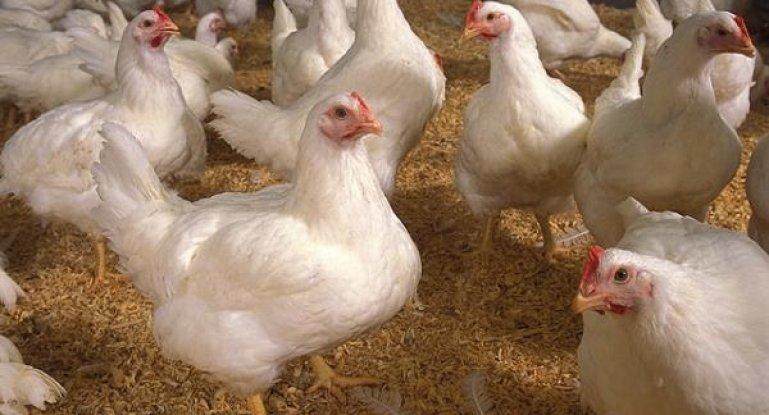
Poor Appetite Causes
The reason for the deterioration in appetite can be the following factors:
- Spoiled food. It is recommended to add food at the same time and remove after 40 minutes.Be sure to monitor the quality of the ingredients. If mold or rot appears, there is a risk of deteriorating bird health.
- Lack or poor quality of water. It should be changed more often, and left freely available.
- Helminths. Birds must be periodically treated for worms and parasites.
Broiler breeding mistakes at home
The main mistakes when growing broilers include:
- Cold floors in the chicken coop. This provokes the development of diseases.
- Disregard for sanitary rules. The presence of mold in the room is especially dangerous for chickens.
- Lighting too bright for chicks. It can cause pecking, weight loss, stress.
- Lack of ventilation. The air in the room should not smell too strong of ammonia.
Broiler feeding has a number of features. In order for the birds to develop normally and not get sick, it is recommended to carefully consider their diet. The amount and composition of feed directly depend on the age of the chickens.
